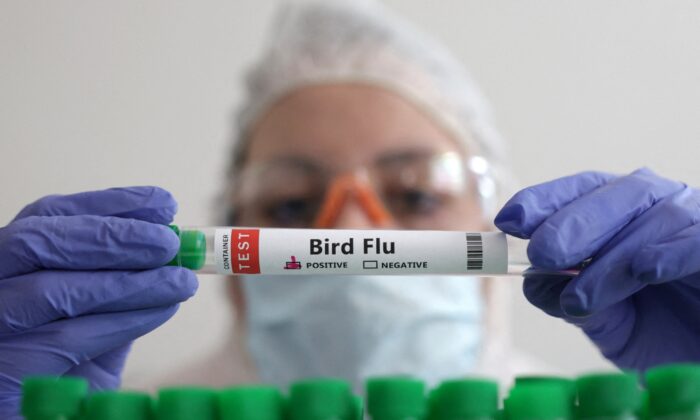The first case of bird flu H5N1 in Australia was identified in a child who had traveled to India and was detected through testing of influenza A samples. The samples were sent to the World Health Organization (WHO) for further characterization before being formally identified. The WHO confirmed that the virus subtype was A(H5N1) and belonged to clade 2.3.2.1a, which circulates in South-East Asia.
A monitoring and investigation team within the Australian federal health department is meeting regularly to assess the risk of highly pathogenic avian influenza in Australia. The National Incident Centre has been activated to coordinate the response to bird flu cases.
Bird flu is caused by various influenza type A viruses that typically infect birds. Some strains are highly pathogenic, while others are not. The cleavage site of the haemagglutinin (HA) gene determines the pathogenicity of the virus.
Australia’s first human case of avian influenza was reported by the Victorian Department of Health, with the source of exposure believed to be in India. The child infected with the virus has fully recovered. The chances of additional human cases are considered very low due to the low transmissibility of avian influenza between humans.
The importance of seasonal flu vaccination was emphasized to prevent the emergence of new mutated viruses. The seasonal flu vaccine does not protect against avian influenza but can help reduce the risk of new human pandemic viruses.
Professor Paul Kelly confirmed the first human case of H5N1 in Australia and stated that there is no ongoing public health risk from this case. The Australian government is closely monitoring the global spread of A(H5N1) in animal and bird populations.
Health Minister Mark Butler met with WHO Director-General Tedros Adhanom Ghebreyesus to discuss pandemic agreements and International Health Regulations amendments, highlighting the ongoing collaboration between Australia and the WHO.
Can you please rewrite this sentence?
Source link






